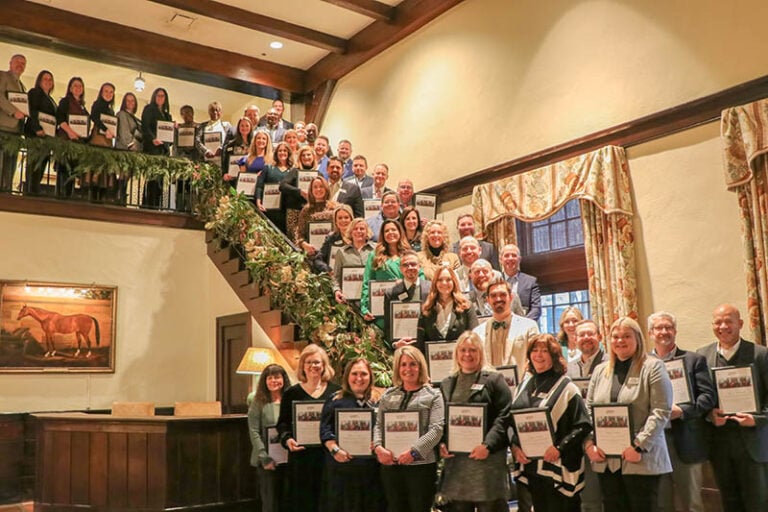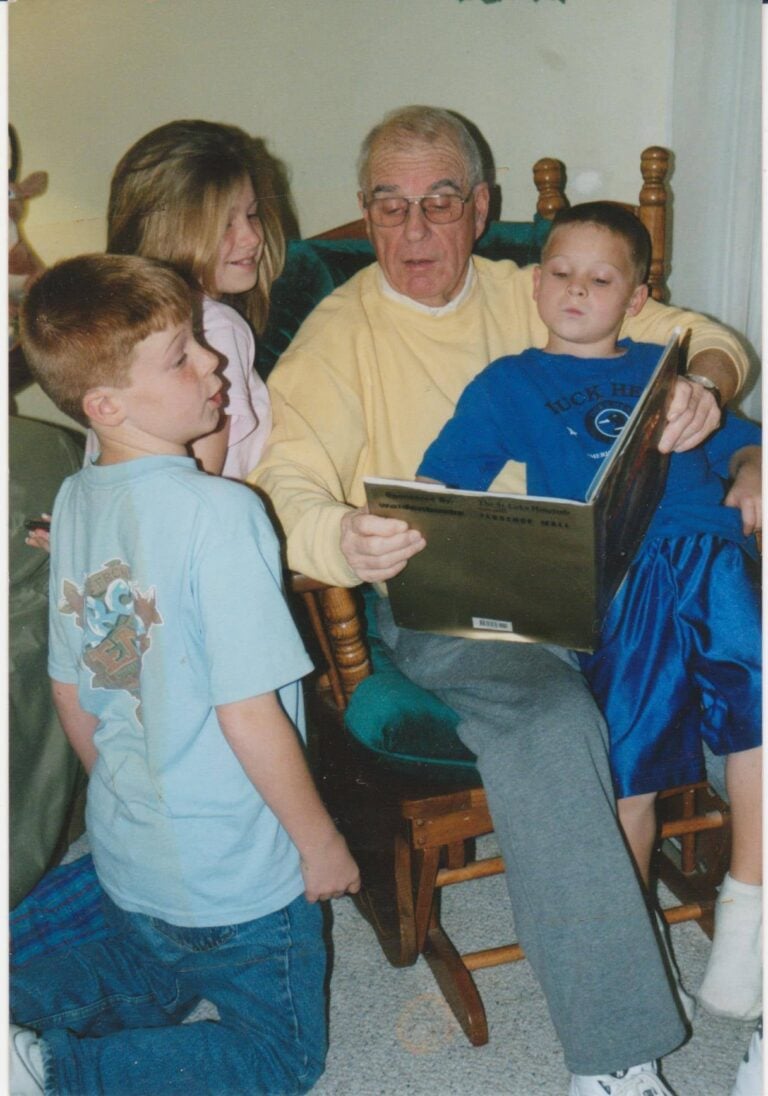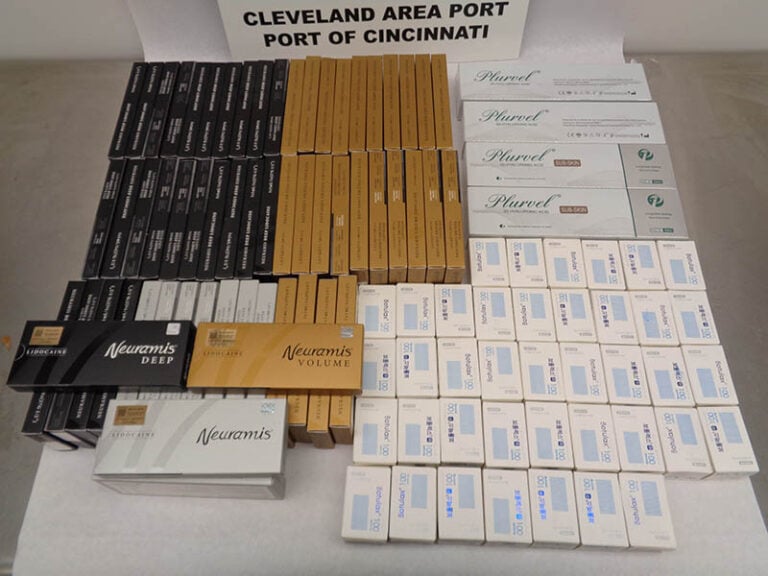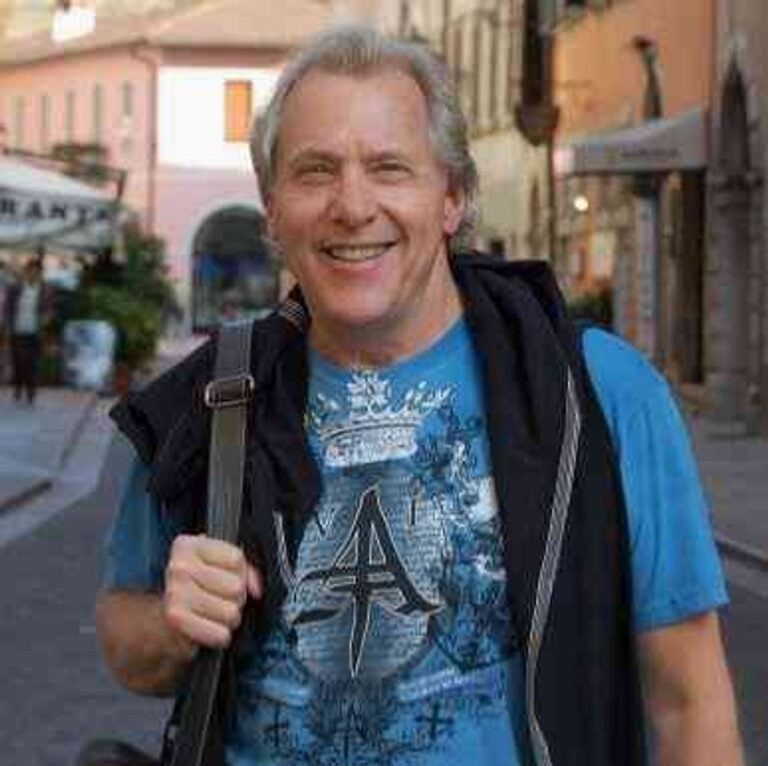By Jacob Lange
NKyTribune intern
History came to life this weekend as the James A. Ramage Civil War Museum celebrated its 10th anniversary during the annual Battery Hooper Days.
This past weekend, August 15 and 16, Battery Hooper Park in Fort Wright, was transformed into a Civil War encampment, complete with a cannon, field hospital, topographer, mapmaker, U.S. President Abraham Lincoln, Confederate President Jefferson Davis and much more.

The James A. Ramage Civil War Museum opened in 2005. It’s mission is to inform visitors about the history of Northern Kentucky and Cincinnati at the time of the Civil War and how the community came together to defend the area during that time.
Museum vice president Kathleen Romero said it also hosts a few archaeological digs each year in search of additional artifacts from the time period.
“This whole event informs visitors about the role Northern Kentucky played during the Civil War,” Romero said. “It is important, and our mission, to inform visitors about the defense of the area and the role the community played during this important time in our history.”
A cannon blast at noon signaled the start of each day’s events.
The Fifth Ohio Light Artillery provided the cannon from the Civil War era and other weapons, including muskets, swords and pistols. Families and history buffs from around Northern Kentucky gathered to watch cannon and weapon demonstrations with Light Artillery members on hand to answer questions.
Those who gathered to watch the demonstrations learned that it took four soldiers to shoot one round from a cannon during the Civil War, and they were required to shoot up to three times a minute.
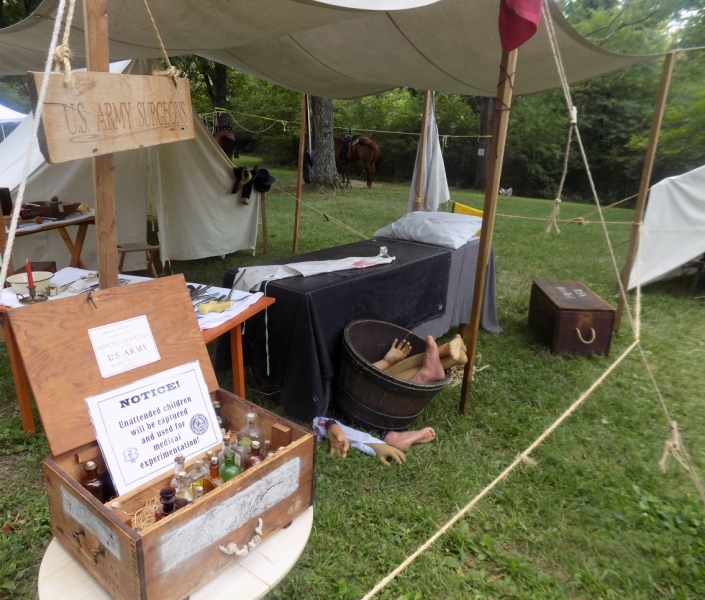
St. Elizabeth Healthcare sponsored the event’s fully equipped Civil War field hospital complete with an eight-bed ward, kitchen, and surgeon. The hospital steward, the highest ranked official in the hospital system, educated visitors about the more than 55 types of medications given to soldiers throughout the Civil War.
Fred Schaefer, a re-enactor for roughly 25 years, portrayed the hospital’s surgeon Dr. William Niles Wishard.
“The weekend is a way to educate young people about all the parts of the war,” Schaefer said.
Schaefer demonstrated surgeries and amputations with the help of some participating children, while also informing visitors of the types of tools, medications, and primitive types of anesthesia used throughout the war, such as chloroform and ether.
Guest re-enactors took to the stage each day to tell stories of the past and of their roles throughout the Civil War. Presidents Lincoln and Davis took part in a debate both days.
General Horatio Wright, whom Ft. Wright is named after, took the stage Sunday to tell visitors about his journeys throughout the Civil War including his time as head of the Department of Ohio.
Reenactor Bernie O’Bryan, who portrayed Union General Lewis Wallace took the stage to discuss the Andersonville Trials and more. Wallace was also known for writing “Ben-Hur: A Tale of the Christ,” which has been referred to as one of the most influential Christian novels of the nineteenth century.
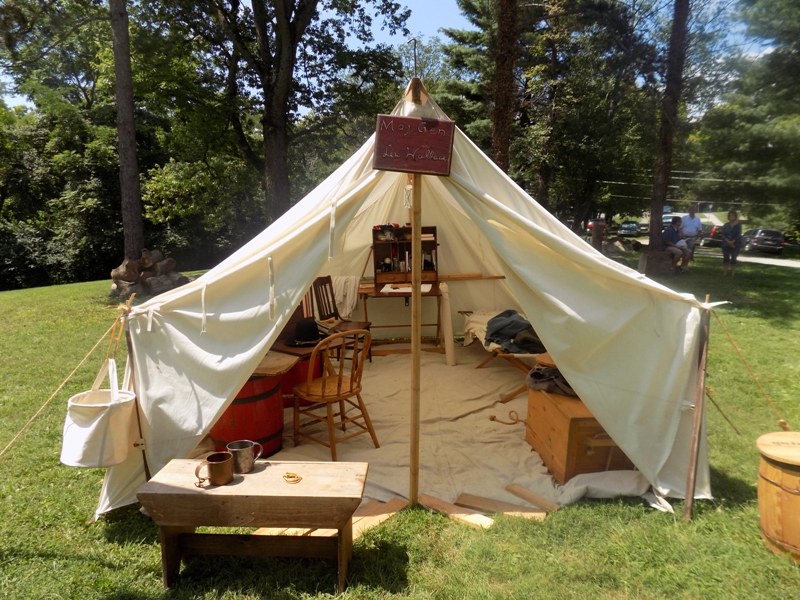
O’Bryan also played Wallace in the film “Lew Wallace: Shiloh Scapegoat, Ben-Hur Bard” which is scheduled to be released in early 2016 on public television.
The James A. Ramage Civil War Museum is open Fridays and Saturdays, from 10 a.m. to 5 p.m., and Sundays from noon to 5 p.m. The museum offers school and group organizational tours that can be scheduled by calling the Ft. Wright city building.
The museum welcomes new artifacts and memorabilia to be donated or contributed on loan for its exhibits and research.
Jacob Lange is a senior journalism major at the University of Kentucky.











